/Documents/Project sheet
Type of resources
Available actions
Topics
Keywords
Contact for the resource
Provided by
Years
Formats
status
-
The objective of the APPEAL project was to develop an integrated approach to measure the effects of floating offshore wind farms on the functioning of coastal ecosystems.
-
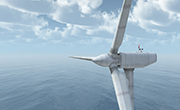
The objective of the ARCWIND project was to assess the feasibility of floating wind farms in deep waters in the Eastern Atlantic.
-
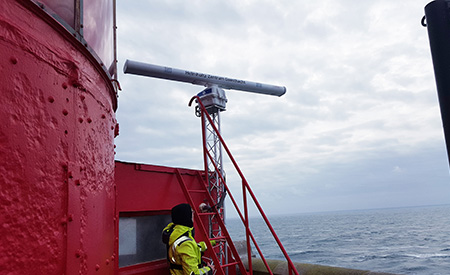
The objective of the DiMe project was to improve the characterisation of extreme sea states with breaking waves by combining observations and modelling.
-
The objectives of the DYNAMO project are: - to develop recommendations for the optimisation of in-service monitoring solutions for subsea cables at the farm leve - to propose a roadmap for the development of the identified promising technologies
-
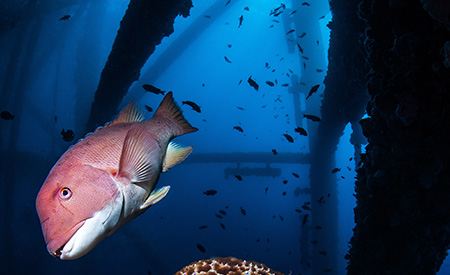
The objective of the COME3T project were: • To provide elements of expertise, synthesis and recommendations on the identification of environmental priority issues for the ORE through the establishment of a lead neutral experts committee. • To install a French and unique network of experts that can be consulted by all ORE stakeholders.
-
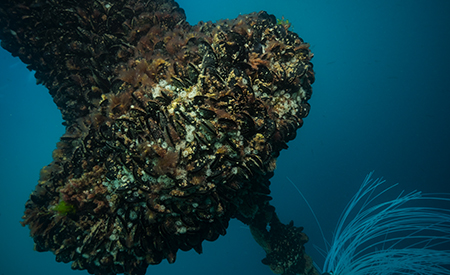
The objectives of the ABIOP+ project were to : • Provide characterisation protocols for biofouling on cable and mooring lines materials which are very vulnerable to this biological process, in order to collect quantitative in-situ data. • Inventory existing fouling management methods and test the solutions best suited for floating offshore wind turbines.
-
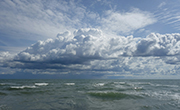
The objective of the CASSIOWPE project was to support the development of offshore wind energy in the French Mediterranean coastal areas by providing a database of high-resolution observations of wind, wave and current fields as well as a new numerical tool for the modelling of metocean conditions in the Gulf of Lion.
-
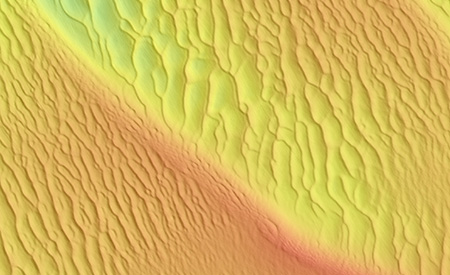
The objectives of the DUNES project are on the one hand to understand the sedimentary and ecosystem dynamics of underwater dunes, and on the other hand to provide technology developers and industrialists in the ORE sector with complementary knowledge and approaches to work in environments with hydraulic dunes. The expected results are first of all to have a better knowledge of the physical processes and the natural functioning of hydraulic dunes, to create a free access GIS dedicated to dune fields and sandbanks, to characterize on a fine scale of the structure of food webs in dunes to understand the functioning of these particular systems, and finally to establish methodological recommendations regarding the evaluation of anthropogenic impacts on dune ecosystems.
-
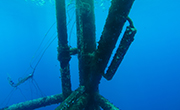
The objective of the ANODE project was to quantify the chemical compounds emitted by the galvanic anodes of ORE structures and the risk associated with their dispersion in the marine environment. By combining ecotoxicological expertise and hydrodynamic modelling, the ANODE project has determined that there is no risk associated with most of the elements making up galvanic anodes, namely zinc, iron, copper and cadmium. On the other hand, concerning aluminium, additional experiments are necessary to conclude. The two currently available Predicted No-Effect Concentrations (PNECs) do not seem suitable for this assessment. These thresholds must therefore be refined and include data from in situ measurements in order to be able to estimate the possible risk associated with aluminium releases.
-
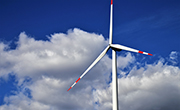
The objective of the CARAVELE project was to improve the characterisation of extreme winds by combining atmospheric models with satellite and in-situ observations.
 Catalogue PIGMA
Catalogue PIGMA